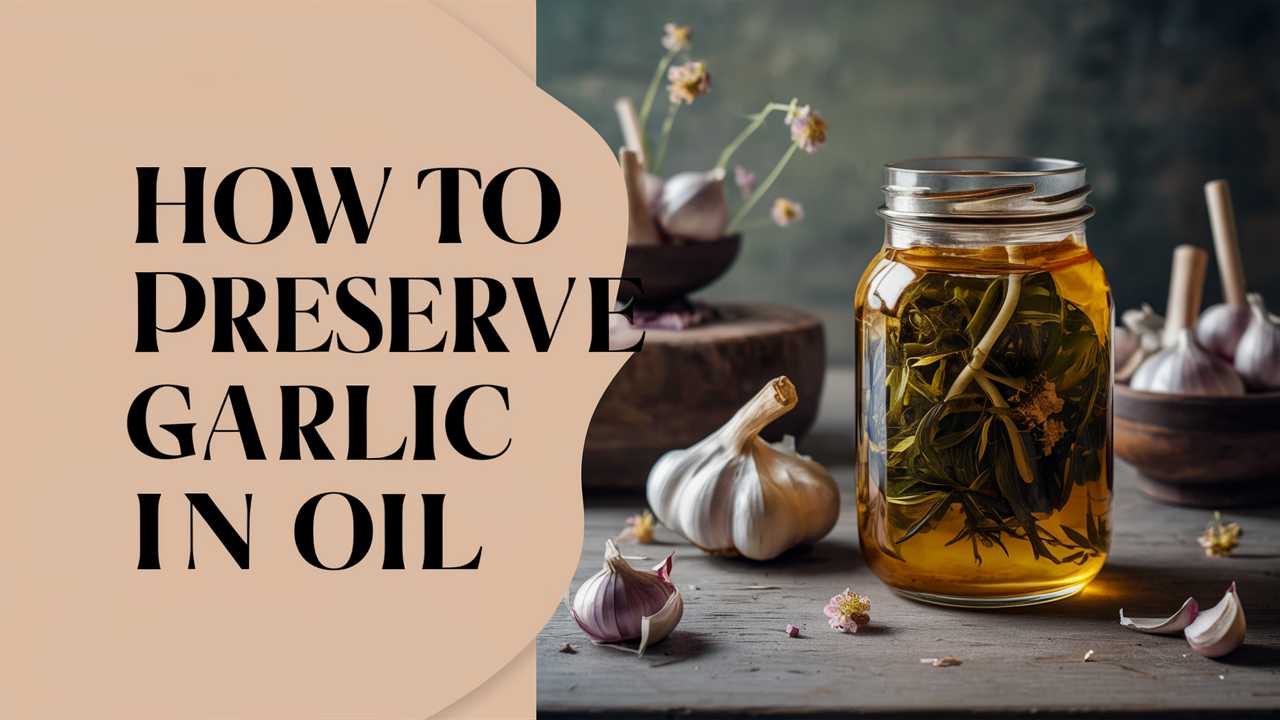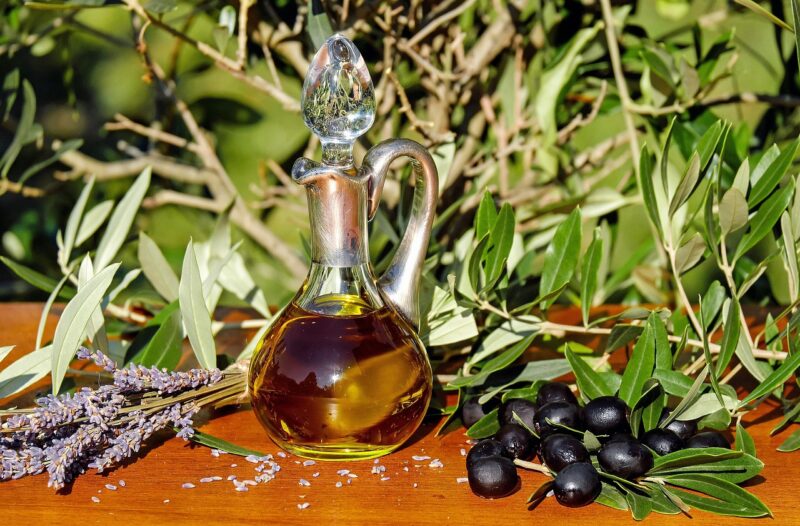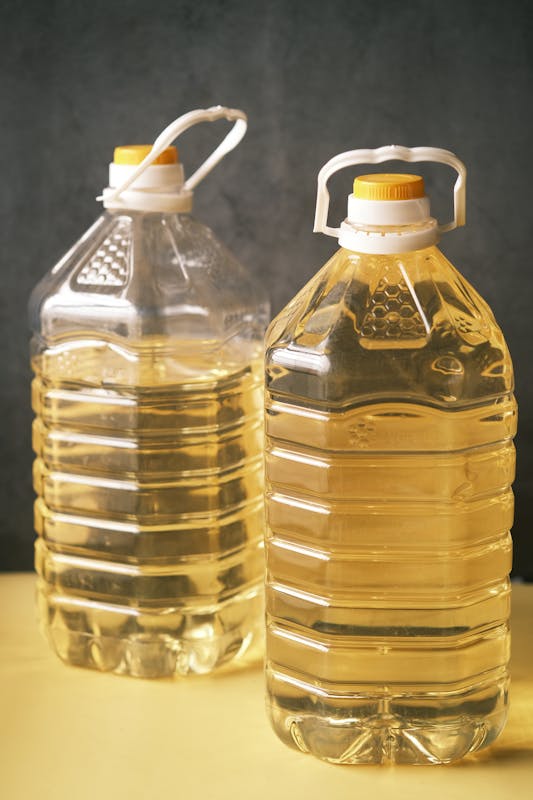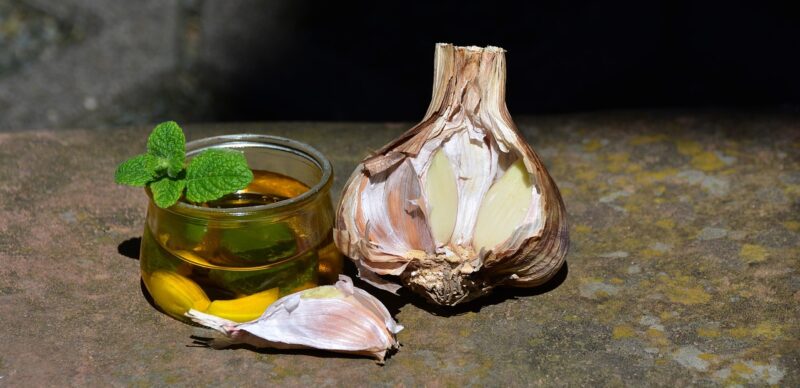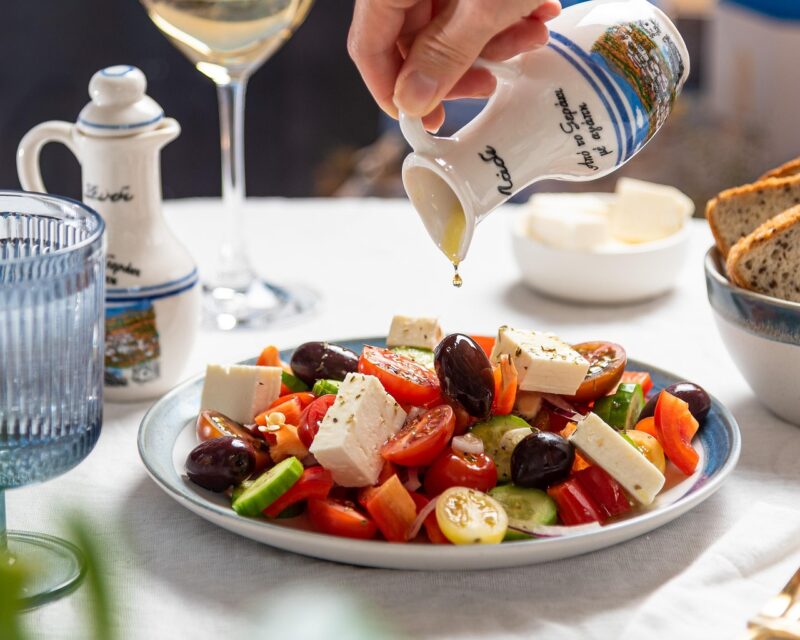In this comprehensive guide, we’ll explore various aspects of garlic preservation in oil, share personal anecdotes, and provide practical tips to ensure you can enjoy this culinary delight safely and deliciously.
The Art of Preserving Garlic in Oil
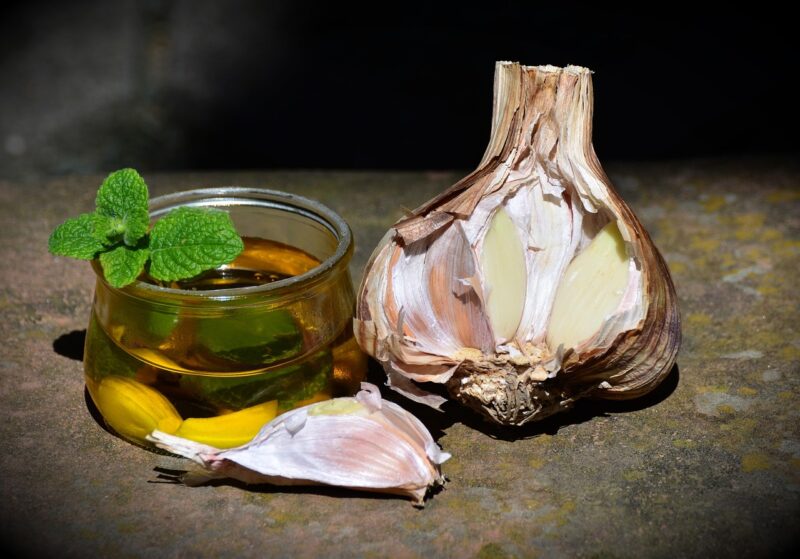
Preserving garlic in oil is a method as old as cooking itself, revered by chefs and home cooks alike for its ability to create an aromatic elixir that can elevate any dish. The process, however, requires care to avoid foodborne illnesses, particularly botulism. Understanding the right methods and safety precautions ensures that this culinary technique is both enjoyable and safe.
Why Preserve Garlic in Oil?
When you preserve garlic in oil, you create a versatile ingredient that can enhance everything—from dressings and marinades to sautéed dishes and dipping oils. The flavor becomes milder than raw garlic, yet richly aromatic, infusing your meals with a wonderful depth. This is not just about extending the life of garlic; it’s about creating something uniquely flavorful that can transform everyday recipes into extraordinary experiences.
The Safety of Garlic in Oil
Safety is paramount when it comes to preserving garlic in oil. Improperly handled garlic can become a breeding ground for Clostridium botulinum, the bacteria responsible for botulism. This ill-fated condition can result from anaerobic environments, such as garlic submerged in oil, so understanding the necessary precautions is crucial.
Essential Safety Tips
Use Fresh Ingredients: Always start with fresh, whole garlic bulbs. Avoid any sprouted or soft cloves, as these can harbor bacteria.
Acidify the Garlic: To inhibit bacterial growth, you can soak the garlic cloves in a vinegar solution for a short period before combining them with oil.
Store Properly: Keep your garlic oil refrigerated at all times and consume it within one week. For long-term storage, consider freezing the garlic oil in ice cube trays.
Avoid Botulism: Never add water or other vegetables directly to your garlic oil, as these can introduce moisture and create a risk environment for bacteria.
Types of Oils to Use
The flavor and characteristics of the oil you choose can significantly shape the final product. Here’s a breakdown of some of the best oils for preserving garlic and how they can alter your culinary creations.
Olive Oil
Extra virgin olive oil is a favorite due to its rich flavor and health benefits. It stands up beautifully to the garlic, creating an infused oil that’s ideal for drizzling over pasta or using in salad dressings.
Canola Oil
For those who prefer a neutral taste, canola oil allows the garlic flavor to shine without interference. It’s also more affordable and has a higher smoke point, making it a versatile choice for various cooking applications.
Grapeseed Oil
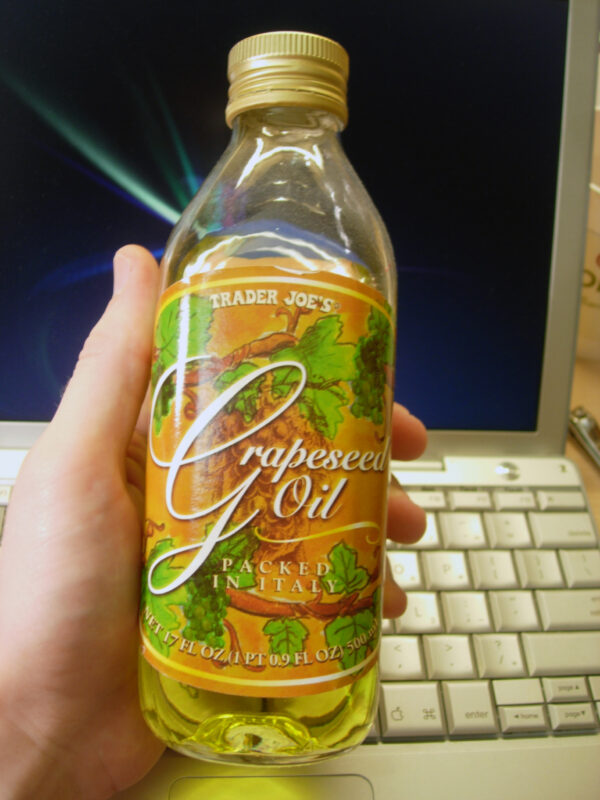
If health is a priority, grapeseed oil is a fantastic option. It has a high antioxidant level and a light flavor, enhancing the garlic infusion without overpowering it.
Step-by-Step Guide to Preserving Garlic in Oil
Now that we’ve covered the most critical safety aspects and the various oils to use, let’s walk through the process of preserving garlic in oil step by step.
Ingredients and Equipment Needed
Fresh garlic bulbs
Your choice of oil (olive, canola, or grapeseed)
Knife and cutting board
Clean, dry glass containers (jar or bottle)
Optionally: vinegar for acidifying the garlic
Step 1: Prepare Your Garlic
Begin by peeling as many garlic cloves as desired. Aim for about a cup of peeled cloves to start. Place the cloves on a cutting board and gently smash them with the flat side of your knife to release their oils—this will enhance the infusion process.
Step 2: Acidify the Garlic (Optional)
For added safety, you can soak the peeled cloves in a solution made of one part vinegar to three parts water for about 10 minutes. Rinse and drain them before proceeding. This step enhances safety but is not absolutely necessary.
Step 3: Combine Garlic and Oil
Place the prepared garlic cloves in your clean glass container and pour the oil over them, ensuring that the cloves are fully submerged. You can use a funnel for easier pouring if necessary. A good ratio is typically one cup of garlic to one cup of oil, but this can be adjusted based on your taste preferences.
Step 4: Seal and Store
Seal the container tightly. Store it in the refrigerator to inhibit bacterial growth. Be sure to label it with the date, as your garlic oil should ideally be consumed within one week.
Step 5: Enjoy Your Creation
After a couple of days, the garlic will have infused into the oil beautifully. Use it in your favorite recipes, such as pasta, marinades, or drizzled over roasted vegetables. The possibilities are endless!
Flavor Variations to Experiment With
One of the joys of preserving garlic in oil is that it allows for creativity. Once you’ve mastered the basic process, consider experimenting with different flavor combinations to personalize your garlic oil.
Herb-Infused Garlic Oil
Add fresh herbs such as rosemary, thyme, or oregano when combining garlic and oil. The herbs will lend their fragrant qualities to the oil, creating an aromatic infusion perfect for drizzling over grilled meats or vegetables.
Spicy Garlic Oil
If heat is your thing, consider adding dried red pepper flakes or whole chili peppers to the oil. Both options will add a kick, transforming your oil into a bold condiment that enhances everything from pizzas to dipping sauces.
Citrus Twist
For a refreshing twist, add a few strips of lemon or orange zest. This bright flavor can enliven dishes and pair beautifully with seafood or dressings.
Smoky Garlic Oil
Add a touch of smoked paprika or smoked sea salt to your garlic oil for a wonderful depth of flavor. This infusion can enhance grilled meats and roasted dishes, adding a warm, smoky flavor without the need for a barbecue.
Creative Uses for Garlic Oil
With your preserved garlic oil at the ready, let’s explore how to incorporate it into your cooking. This flavorful ingredient can be used in various ways to elevate your culinary efforts.
Salad Dressings
Whip up a quick vinaigrette by combining garlic oil, vinegar, and a squeeze of lemon juice. The garlic flavor will add depth and sophistication to any salad.
Marinades
Garlic oil can serve as a fantastic base for marinades. Combine it with herbs, acid (lemon juice or vinegar), and your choice of protein to create something truly delicious.
Cooking Base
Use it as a base for sautéing vegetables or cooking grains like rice or quinoa. The infused oil will provide a layer of flavor that enhances the overall dish.
Dipping Oil
Create an appetizer by serving your garlic oil with freshly baked bread. Add some balsamic vinegar or herbs for an extra flourish.
The Economic Benefit of Preserving Garlic
Preserving garlic in oil not only lets you enjoy this ingredient longer, but it also offers an economic advantage. Buying garlic in bulk during peak season allows you to capitalize on lower prices. When you preserve it, you take advantage of the fresh produce and enjoy its benefits throughout the year.
DIY Gift Ideas
Garlic oil also makes a fantastic homemade gift. Consider packaging your infused oils in pretty bottles with personalized labels. This DIY approach adds a personal touch to any occasion, and contemporarily infused oils can make a lovely addition to a gourmet gift basket.
Conclusion
Preserving garlic in oil is an art that marries culinary creativity with practicality. With the right techniques and precautions, you can create a flavorful infusion that delights your palate and enhances your cooking. Embracing the versatility of garlic oil allows you to explore endless recipes, savor its benefits, and share your creations with friends and family.


